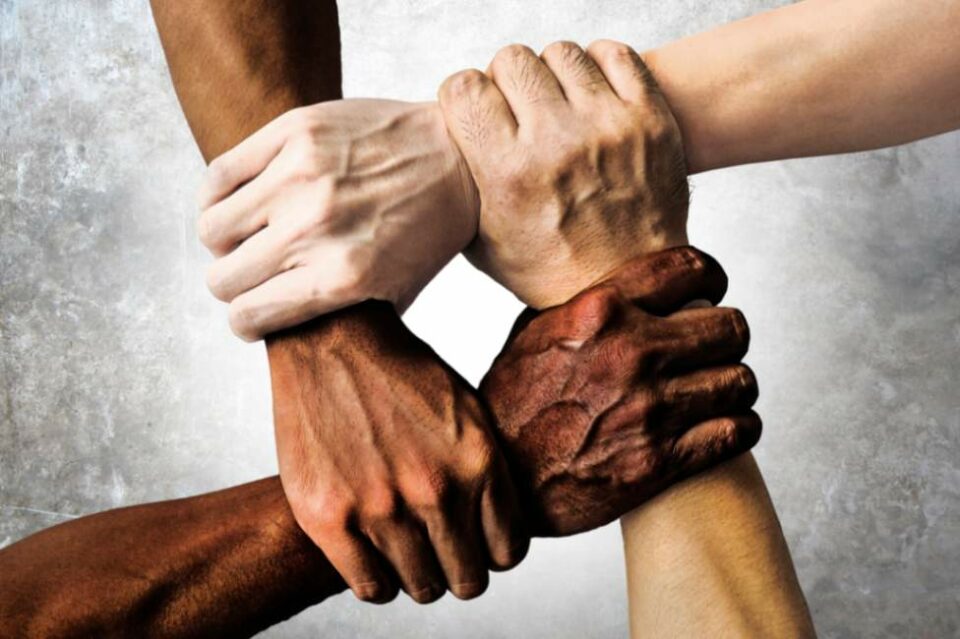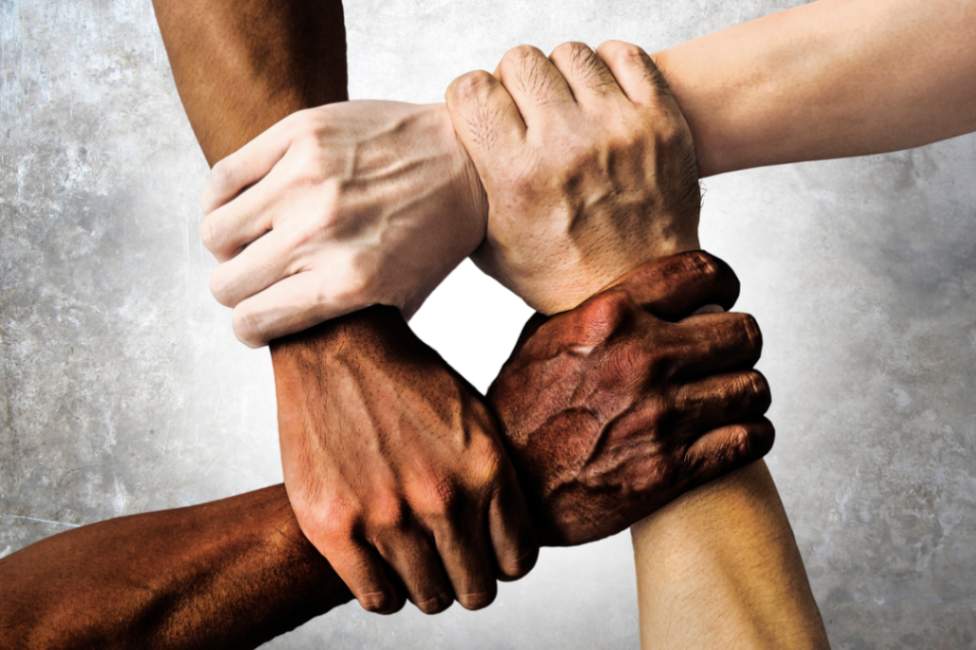November 27, 2023
What Is “Racelighting?”
Written by Guest Author
Posted in LGBTQ + Multicultural Concerns and with tags: self care, self improvement

The term “gaslighting” has existed for quite a while — at least since the 1944 Alfred Hitchcock film “Gaslight.” But widespread use of the word is a relatively recent development. Put simply, “gaslighting” describes a situation in which a person gets another person to question their own reality. This type of abuse is most common with men as gaslighters. However, psychological manipulation along these lines comes in many varieties.
When purposeful mind games are racial in nature, it is known as “racelighting.” In general, such behavior is intentional, but even when done unintentionally, racelighting is an insidious force.
Why Racelighting?
In a culture where oppression can be systemic, entrenched power has a stake in getting victims to second-guess themselves. If a person of color (PoC) begins to doubt their own lived experiences, the system is left to churn on — virtually unnoticed. Meanwhile, in the process of questioning their own reality, PoC may also find themselves second-guessing their:
- History
- Accumulated knowledge
- Emotions
- Ability to make decisions
- Worth
- Humanity
Racelighting is seen to come in three broad categories.
3 Types of Racelighting
1. Active
As the name implies, this is intentional and, sometimes, institutional. The race-lighter relies on stereotypes to frame the choices made by PoC. In other words, the outsider gets to define meaning, intentional, and intent. The PoC is left trying to themselves and, over time, can unconsciously begin to also accept the stereotypes as true.
2. Passive
The most common type of racelighting is typically born of implicit bias. Perceptions of PoC are so routine and natural that they are repeated by folks without a thought. Let’s say a Black person has a stellar academic record. Since the structure has normalized an image of PoC as struggling in school, the Black person may be treated like an anomaly.
A relentless accumulation of such perceptions adds up. The negative stereotype is reinforced over and over and, soon, is seen as a truism — even by PoC.
3. Defensive
Defensive racelighting is sort of a blend of active and passive. For example, if a Black student is singled out for unfair treatment, they may report it to the authorities. The word “racism” might be mentioned in the report. In a flash, the defensive response to this is to say the Black student is “overreacting” by “attacking” the staff. Called “too sensitive,” the student may begin to wonder if, indeed, they were exaggerating.
The intentional part is the derailing of the original report. The unintentional part occurs because the defensive staff might genuinely believe they are not being racist.
How to Protect Yourself Against Racelighting
Do your homework. Learn all you can about this tricky reality so you can identify it more easily. The sooner you recognize what’s going on, the sooner you can unravel the underlying threads.
Talk to other PoC to compare notes and conjure up useful strategies. Also, your interactions with other PoC will help reassure you about your shared experiences and history.
From there, it becomes easier to challenge the practice of racelighting. Since so much of it is unintentional, you can help shine a light on what others refuse to see. Sure, at first, you will get racelighted in return (e.g., “I’m not racist, you misunderstood me”). But the effort is essential to exposing yet another way long-term patterns stay in effect.
Micro-Aggressions Hurt Your Well-Being
Racelighting is yet another micro-aggression that accumulates and threatens your overall well-being. While doing your part to expose and delete it, you must also set aside time to practice diligent self-care. An excellent first step is connecting with a therapist who gets it.
Eddins Counseling Group in Houston, TX, has several qualified and experienced trauma specialists and therapists working with race, identity & culture who can help you understand racial trauma’s nuances and impact. Call us today at 832-559-2622 or book an appointment online.
7 Mood-Boosting Tips
Get instant access to your free ebook.
















